In the vast tapestry of life on Earth, oxygen is often considered the universal requirement for survival. Humans and most animals rely on oxygen to generate energy through cellular respiration, converting nutrients into ATP—the energy currency of cells. However, nature always finds exceptions to seemingly universal rules. Some remarkable creatures have evolved alternative metabolic pathways that allow them to survive with little or no oxygen, thriving in environments that would be lethal to humans. These evolutionary marvels demonstrate the incredible adaptability of life and challenge our understanding of what’s necessary for survival. Let’s explore 18 fascinating animals that don’t need oxygen like we do, revealing how they’ve adapted to live in oxygen-deprived environments or developed alternative metabolic strategies.
Loricifera The First Known Oxygen-Free Animals
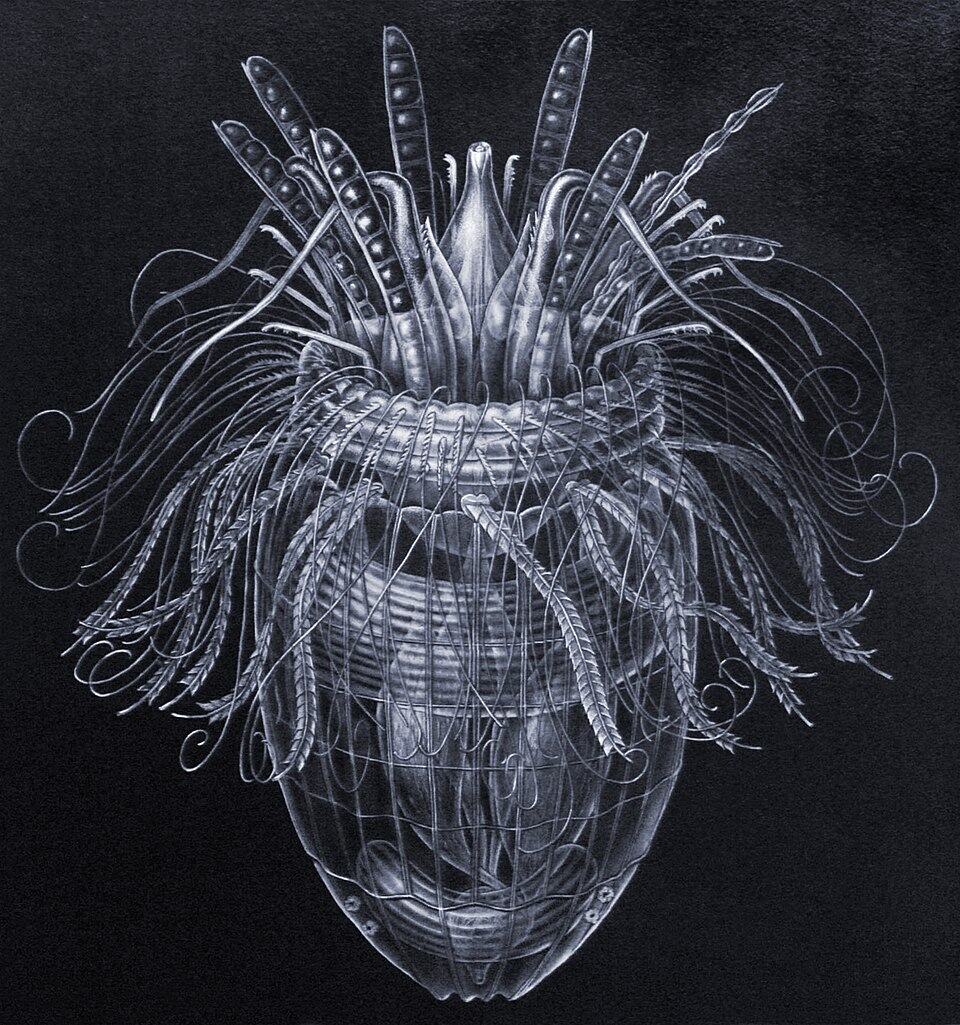
In 2010, scientists made a groundbreaking discovery in the L’Atalante Basin, a deep hypersaline anoxic basin in the Mediterranean Sea. They found three species of Loricifera—microscopic multicellular animals—that complete their entire life cycle without oxygen. These tiny creatures, measuring less than a millimeter, are the first and only known animals to live their entire lives in completely oxygen-free conditions. Instead of mitochondria (the oxygen-using powerhouses of cells), they possess hydrogenosomes—organelles that can produce energy without oxygen. This revolutionary finding challenged the long-held belief that all multicellular animals require oxygen and opened new possibilities for understanding how life might exist in extreme environments, including potentially on other planets.
Tardigrades Surviving the Vacuum of Space

Tardigrades, affectionately known as water bears or moss piglets, are microscopic eight-legged animals renowned for their extraordinary resilience. These incredible creatures can enter a state called cryptobiosis when environmental conditions become harsh, essentially suspending their metabolism and reducing their water content to less than 3%. In this dehydrated state, tardigrades can survive without oxygen for decades. They’ve even survived direct exposure to the vacuum of space during experiments aboard the International Space Station. When reintroduced to water and oxygen, they can revive and continue their normal functions. While tardigrades don’t permanently live without oxygen, their ability to suspend their need for it makes them unique among animals and has significant implications for understanding the limits of life’s adaptability.
Goldfish Alcohol-Producing Survivors

The common goldfish (Carassius auratus) has developed a fascinating strategy for surviving in oxygen-depleted waters, particularly when ponds freeze over in winter. When oxygen levels drop, goldfish switch from aerobic respiration to anaerobic metabolism, but with a unique twist. While most vertebrates produce lactic acid during anaerobic respiration—which can quickly become toxic—goldfish convert the lactic acid into ethanol (alcohol), which they then release through their gills. This remarkable adaptation allows goldfish to survive for months in oxygen-free environments. Their bodies essentially become small breweries, producing alcohol as a metabolic byproduct that doesn’t harm them when released into the surrounding water. This adaptation explains why goldfish can survive in poorly oxygenated bowls, though such conditions are still stressful and not ideal for their long-term health.
Brine Shrimp Masters of Metabolic Shutdown

Brine shrimp (Artemia), commonly known as sea monkeys when sold as pets, have evolved exceptional survival mechanisms for enduring extreme conditions, including oxygen deprivation. These tiny crustaceans can enter a state of suspended animation called diapause, where their metabolism slows dramatically. In this state, brine shrimp eggs can remain viable for decades without oxygen, withstanding extreme temperatures, high salinity, and even radiation. When favorable conditions return, they “hatch” and resume normal development. Their embryonic cysts are among the most resistant biological structures known, allowing them to survive in some of Earth’s most inhospitable environments, such as the Great Salt Lake and hypersaline pools where oxygen levels are minimal. This remarkable adaptation has made brine shrimp valuable research subjects for studying extreme survival mechanisms and has even led to their use in space experiments.
Nematodes Thriving in Oxygen-Free Deep Subsurface
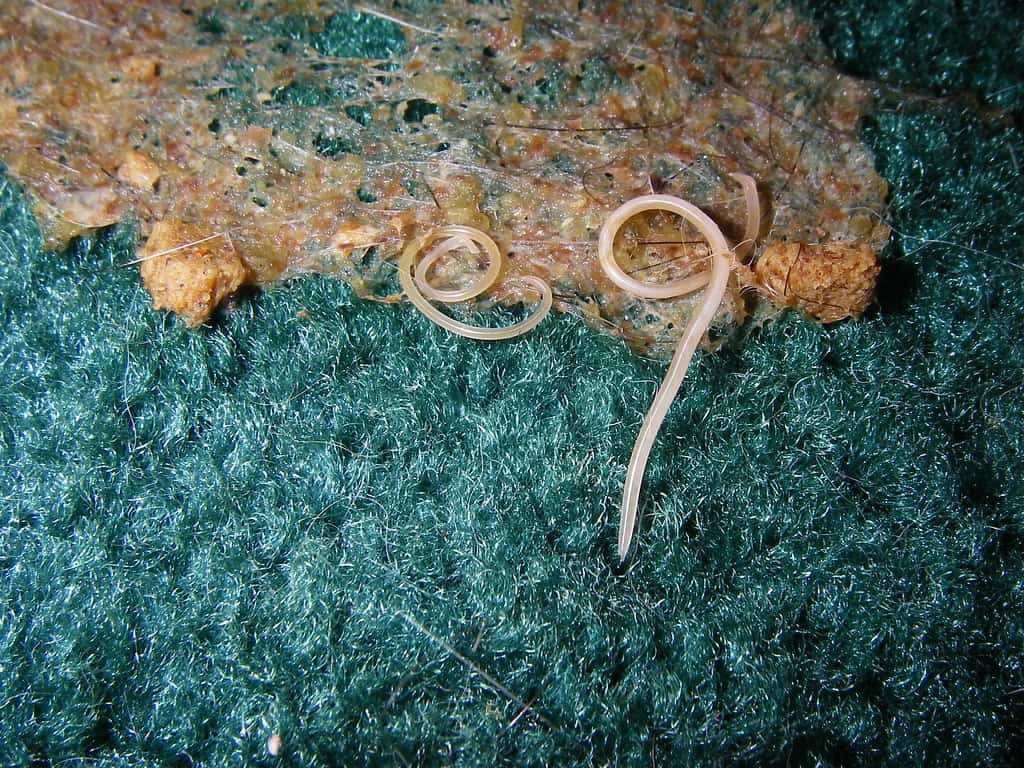
Nematodes, or roundworms, include several species that have adapted to live in the complete absence of oxygen. In 2019, scientists discovered previously unknown nematode species living in the Kopanang gold mine in South Africa, nearly two miles below Earth’s surface in fracture water that had been isolated for thousands of years. These environments are completely devoid of oxygen, yet the nematodes thrive. Some nematode species, like Halicephalobus mephisto (nicknamed the “Devil Worm”), utilize alternative electron acceptors instead of oxygen in their metabolic processes. They can use compounds like sulfate or nitrate to complete cellular respiration in a process similar to how some bacteria survive without oxygen. These discoveries have expanded our understanding of the biosphere’s depth and have implications for the search for extraterrestrial life, suggesting that life could potentially exist in subsurface environments on other planets where oxygen is absent.
Parasitic Anaerobic Protozoa Evolutionary Adaptations
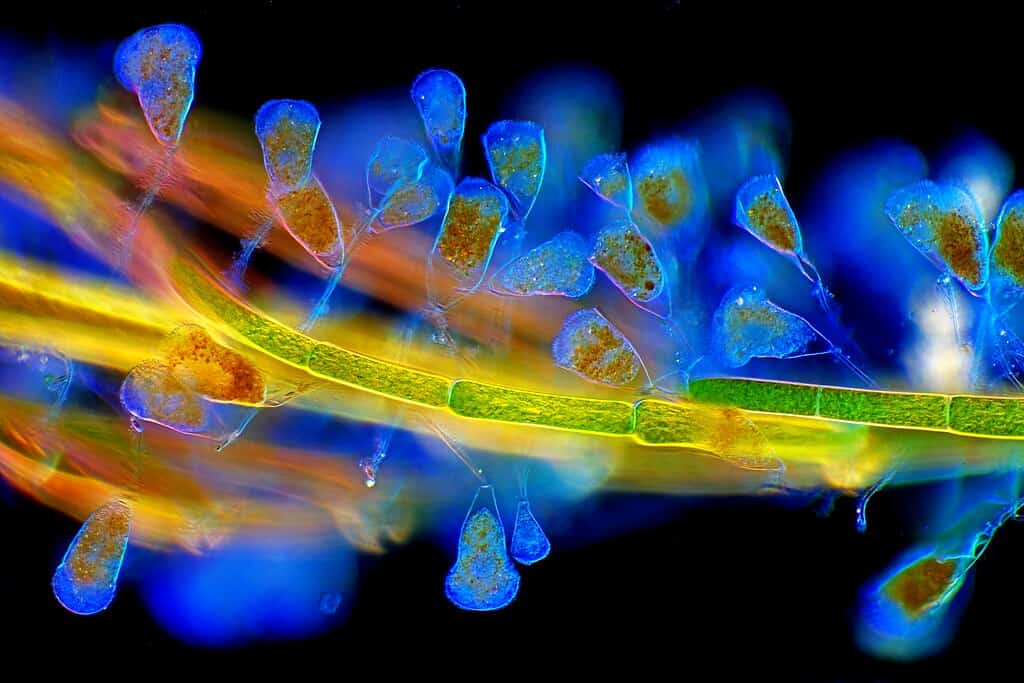
Several species of parasitic protozoa have evolved to live without oxygen, inhabiting oxygen-poor environments like the human intestinal tract. Giardia lamblia, Trichomonas vaginalis, and Entamoeba histolytica are notable examples that cause significant human diseases including giardiasis, trichomoniasis, and amoebic dysentery, respectively. These organisms have undergone remarkable evolutionary changes, having lost their mitochondria or modified them into hydrogenosomes or mitosomes—organelles that function without oxygen. Instead of using oxygen as the final electron acceptor in their respiratory chain, they employ fermentation or anaerobic respiration using alternative electron acceptors. These adaptations allow them to thrive in the oxygen-poor environments of their hosts’ digestive or urogenital tracts. Their unique metabolism makes them resistant to certain drugs that target oxygen-dependent pathways, which has important implications for treating the diseases they cause.
Crucian Carp Remodeling Their Bodies for Anoxia

The crucian carp (Carassius carassius) is perhaps one of the most anoxia-tolerant vertebrates known to science. Native to Europe and Asia, these fish can survive for months in completely oxygen-free water, such as in ice-covered ponds during winter. Like their goldfish relatives, crucian carp convert lactic acid to ethanol to avoid acidosis during oxygen deprivation. What makes them even more remarkable is their ability to physically remodel their gills when oxygen levels drop, increasing the surface area to extract every possible oxygen molecule from the water. They also have specialized hemoglobin that can bind oxygen even at extremely low concentrations. Additionally, crucian carp can reduce their energy requirements by suppressing non-essential cellular functions and using glycogen stores efficiently. Their brains continue to function normally even without oxygen, unlike most vertebrates whose neural tissue quickly dies without oxygen. These adaptations make the crucian carp an important model organism for studying potential protective mechanisms against stroke and heart attack damage in humans.
Turtles Champions of Anaerobic Endurance

Several turtle species have developed extraordinary adaptations for surviving extended periods without oxygen, particularly during winter hibernation. The painted turtle (Chrysemys picta) and the red-eared slider (Trachemys scripta elegans) can survive months submerged in cold, oxygen-depleted water. Their remarkable anaerobic capacity comes from several adaptations: they can dramatically lower their metabolic rate, reducing energy demands by up to 90%; their shells serve as a buffer against lactic acid buildup, absorbing and neutralizing this toxic byproduct of anaerobic metabolism; and they can use calcium carbonate from their shells to buffer blood pH. Perhaps most impressively, turtle brains have evolved unique mechanisms to protect neurons during oxygen deprivation, including ion channel “arrest” that prevents the cellular chaos that typically leads to brain damage in mammals during oxygen deprivation. Some freshwater turtles can even absorb small amounts of oxygen through specialized epithelial tissue in their mouths and cloaca, allowing for minimal oxygen uptake even when completely submerged. These adaptations have made turtles valuable models for studying brain protection mechanisms that might someday help human stroke victims.
Spiny Lobsters Walking Without Oxygen
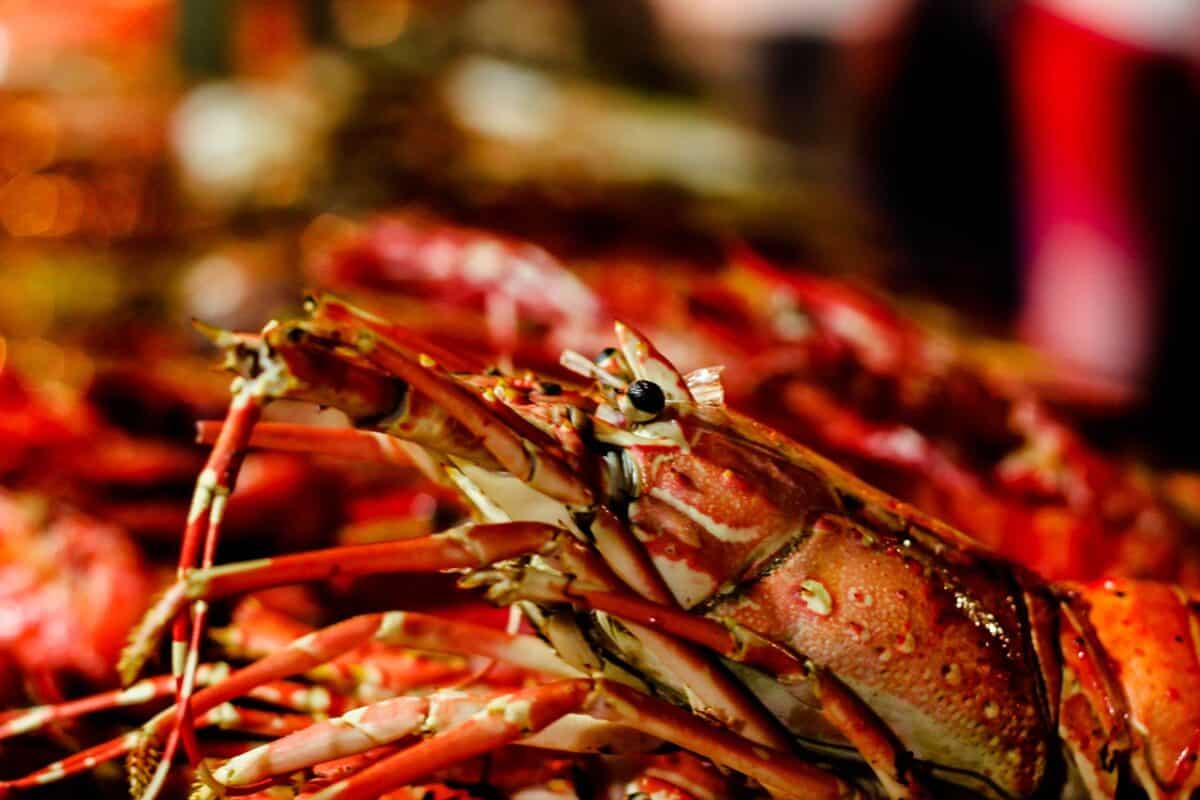
The Caribbean spiny lobster (Panulirus argus) demonstrates a remarkable adaptation to periodic oxygen depletion in its marine environment. During “dead zones” that can form in the ocean due to algal blooms or other ecological factors, oxygen levels can drop precipitously. While most crustaceans would perish, the spiny lobster can sense these low-oxygen areas and will embark on mass migrations to escape them, often forming single-file lines of dozens or even hundreds of individuals. What makes this behavior extraordinary is that during these migrations, the lobsters can function for extended periods using anaerobic metabolism. Their muscle tissue contains high concentrations of arginine phosphate, an energy storage compound that allows them to power their muscles without oxygen. This adaptation permits them to walk for hours or even days under severe oxygen limitation, traversing considerable distances to reach better-oxygenated waters. This unusual capability has evolved as a specific response to the periodic hypoxic conditions that occur in their natural habitat.
Freshwater Turtles Brain Protection Mechanisms
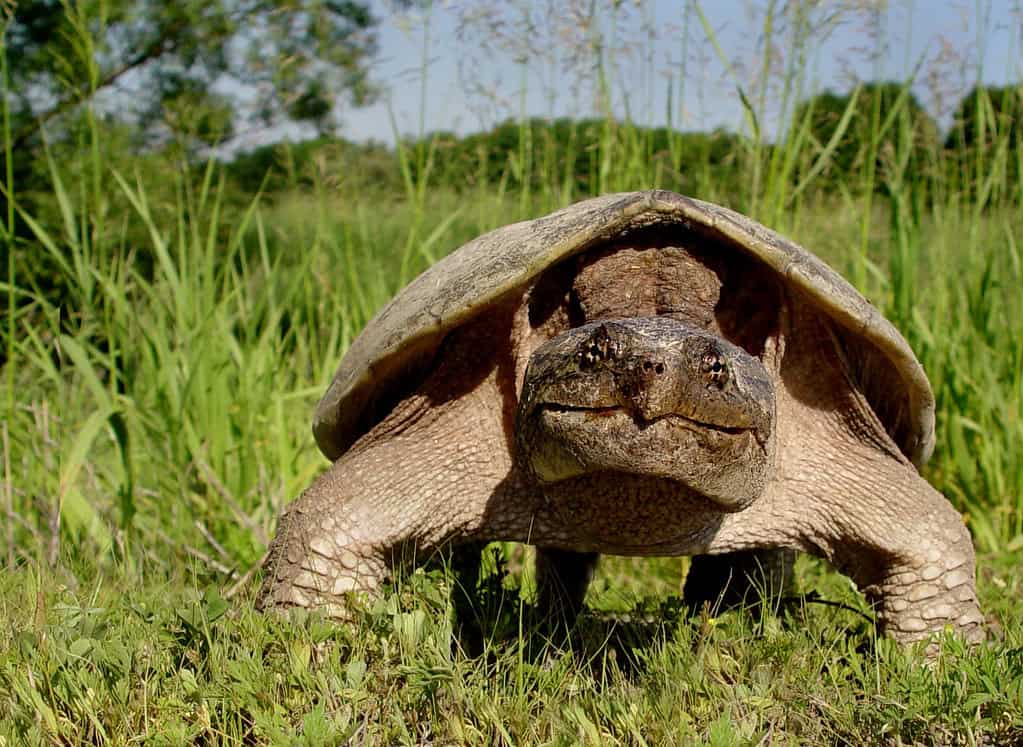
Freshwater turtles like the western painted turtle (Chrysemys picta bellii) and the red-eared slider have evolved specialized neurological adaptations that go beyond what other animals can achieve. During winter, these turtles can remain submerged for 3-4 months in ice-covered ponds where oxygen is virtually absent. Their brains continue to function despite oxygen levels that would cause irreversible damage in human brains within minutes. Research has revealed that turtle neurons reduce their electrical activity dramatically during anoxia, effectively entering a state of suspended animation. They also maintain ion gradients across cell membranes—a process that typically requires substantial energy—through specialized channel “arrest” mechanisms that prevent ion leakage. Additionally, their brain cells can switch to anaerobic glycolysis for energy production and have enhanced antioxidant defenses to prevent damage when oxygen returns. These neurological adaptations are so effective that when oxygen is reintroduced, turtles show no evidence of brain damage. Neuroscientists are studying these mechanisms intensively, hoping to develop new approaches for protecting human brain tissue during stroke or cardiac arrest.
Candiru Fish Parasitic Adaptation to Low Oxygen
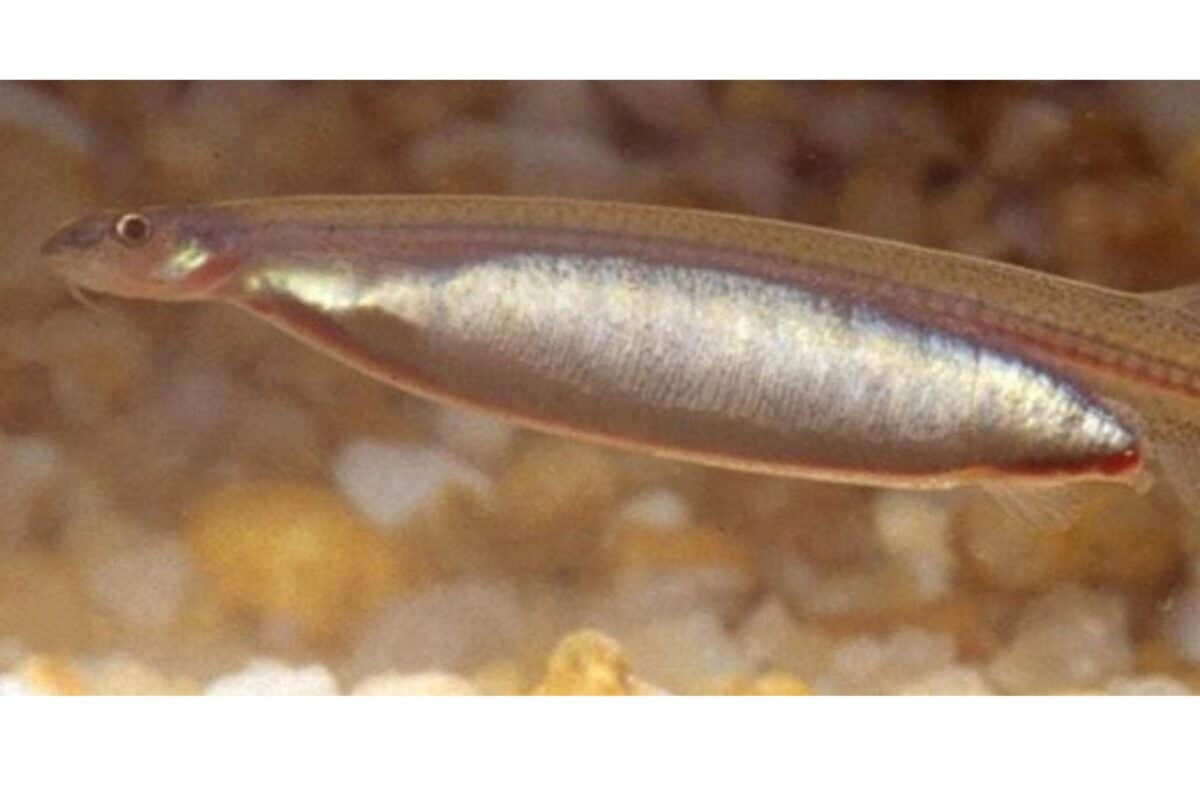
The candiru (Vandellia cirrhosa), an infamous parasitic catfish from the Amazon River basin, has adapted to extremely low-oxygen environments within its host organisms. These small, translucent fish are known for their parasitic lifestyle, feeding on the blood of larger fish by entering their gill chambers where oxygen levels are already reduced. The candiru has evolved specialized enzymes that allow it to function in these oxygen-poor environments, with modified hemoglobin that can bind oxygen efficiently even at very low concentrations. Their metabolism can also function anaerobically for extended periods, using fermentation pathways similar to those found in certain bacteria. Some species of candiru have reduced or modified mitochondria that can function in near-anoxic conditions. These adaptations allow them to survive within the bodies of other organisms where oxygen availability is severely limited. Their unique physiology has attracted scientific interest not only for understanding extreme adaptations but also for potential applications in developing treatments for ischemic conditions in humans.
Intestinal Parasites Living in an Oxygen-Poor Environment

The intestinal tracts of animals, including humans, represent one of the largest anoxic environments on Earth, and numerous parasitic animals have adapted to thrive in this oxygen-depleted habitat. Tapeworms (Cestoda), flukes (Trematoda), and intestinal roundworms (Nematoda) like Ascaris lumbricoides have all evolved specialized metabolic pathways to function without oxygen. These parasites generate energy through anaerobic processes such as malate dismutation or fumarate reduction rather than traditional oxygen-based respiration. Their mitochondria have been modified or reduced to function in low-oxygen environments, and some species have lost mitochondria entirely, replacing them with hydrogenosomes or mitosomes. These organelles produce molecular hydrogen as a byproduct instead of water, which would be the normal byproduct of oxygen-based respiration. Intestinal parasites also possess specialized antioxidant enzymes that protect them during brief exposures to oxygen, which might occur during certain stages of their life cycles. These metabolic adaptations allow them to colonize a niche that would be inhospitable to most animals, contributing to their success as parasites despite our best efforts to eliminate them.
Antarctic Icefish Life Without Hemoglobin

The Antarctic icefish (family Channichthyidae) represent one of evolution’s most unusual experiments. These fish have evolved to live without hemoglobin—the oxygen-carrying protein that gives blood its red color and enables efficient oxygen transport in virtually all other vertebrates. Their blood is colorless and carries oxygen only in dissolved form, making it about 90% less efficient at oxygen transport than red blood. To compensate for this seeming disadvantage, icefish have developed enlarged hearts that pump a greater volume of blood, extensive capillary networks that bring blood close to tissues, and reduced scales or scaleless skin that allows for some direct oxygen absorption from the water. They also benefit from the cold Antarctic waters, which can hold more dissolved oxygen than warmer waters, and their low metabolic rates reduce oxygen demands. While icefish don’t live completely without oxygen, their unique adaptation represents a radical departure from standard vertebrate physiology and demonstrates how evolution can find alternative solutions to seemingly fundamental biological requirements. Their unusual cardiovascular system is being studied for insights into human cardiovascular diseases.
Mud-Dwelling Fish Oxygen-Optional Survivors
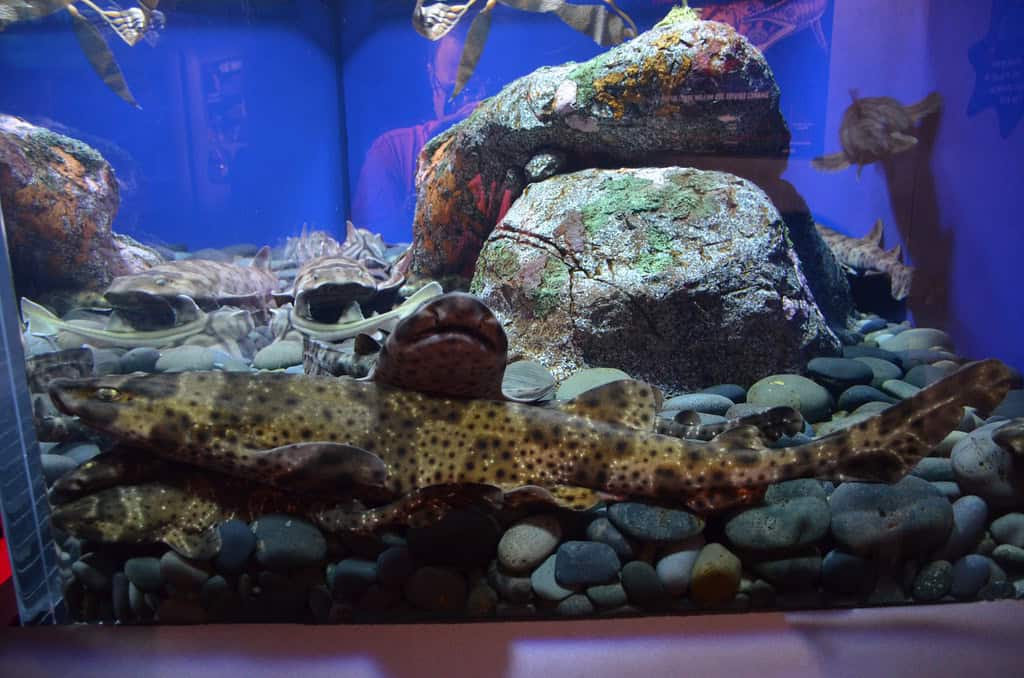
Several species of fish have adapted to survive in mud flats and swamps where oxygen levels fluctuate dramatically or may disappear entirely during dry seasons. The African lungfish (Protopterus sp.) can survive in dried mud for years by creating a mucus cocoon that prevents dehydration and entering a state of estivation where their metabolism slows dramatically. During this time, they switch to anaerobic metabolism and can use urea as an alternative energy source. Similarly, the mangrove killifish (Kryptolebias marmoratus) can survive for weeks out of water by breathing air through their skin while sheltering in moist environments. The electric eel (Electrophorus electricus) has specialized labyrinth organs that allow it to gulp air at the water’s surface when oxygen in the water is depleted. Perhaps most remarkable is the crucian carp’s ability to survive months of anoxia by radically restructuring its gills and producing ethanol instead of lactic acid as an anaerobic byproduct. These mud-dwelling specialists demonstrate the diverse evolutionary strategies that have emerged to cope with oxygen-poor environments, showcasing nature’s remarkable ability to adapt to extreme conditions.
Clams and Mussels Survivors of Anoxic Events
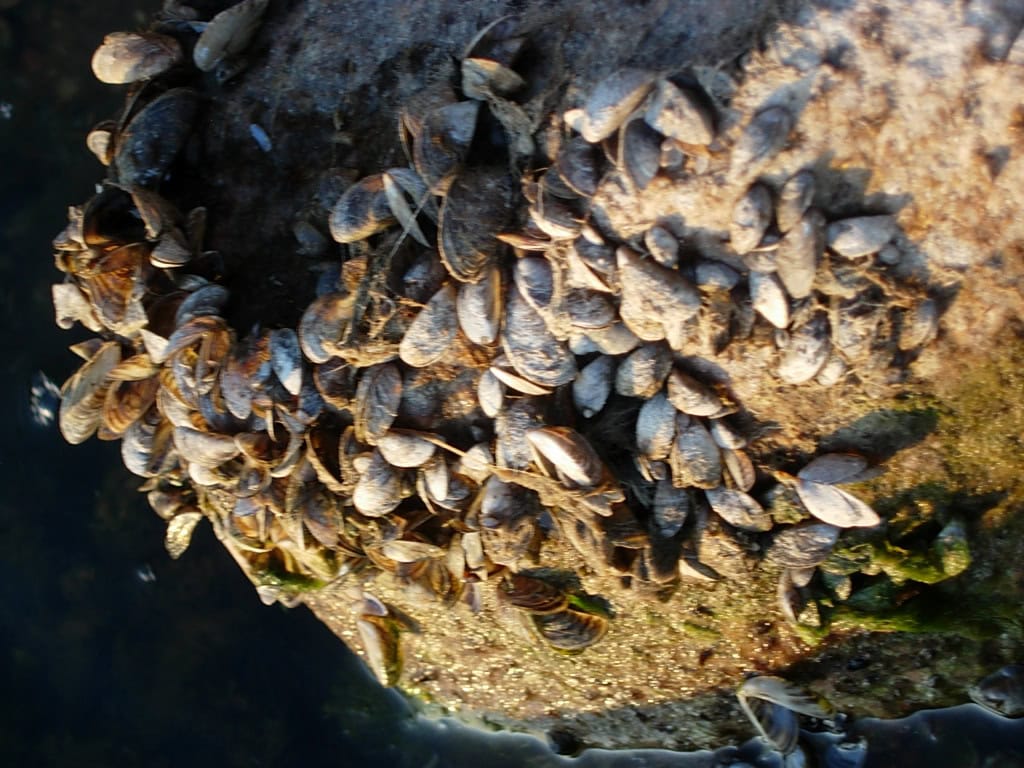
Many bivalve mollusks, including clams, mussels, and oysters, have developed impressive adaptations for surviving extended periods without oxygen. The ocean quahog (Arctica islandica), which can live for over 500 years, can enter a state of metabolic dormancy during anoxic conditions, reducing its energy consumption by up to 99%. Ribbed mussels (Geukensia demissa) can switch to anaerobic pathways that produce alanine and succinate instead of lactic acid, avoiding the pH problems that plague many animals during oxygen deprivation. Freshwater mussels of the family Unionidae can close their shells tightly and reduce their metabolism to survive months of anoxia during winter. These adaptations make bivalves among the most anoxia-tolerant animals on Earth and explain why they often survive environmental disasters like algal blooms that deplete oxygen and kill most other marine life. Their ability to endure anoxic conditions has made them successful in habitats ranging from deep sea hydrothermal vents to polluted urban harbors where oxygen levels may frequently drop. Research on these mechanisms may provide insights for preserving human tissues during transplantation or medical procedures that temporarily restrict oxygen.
Conclusion:
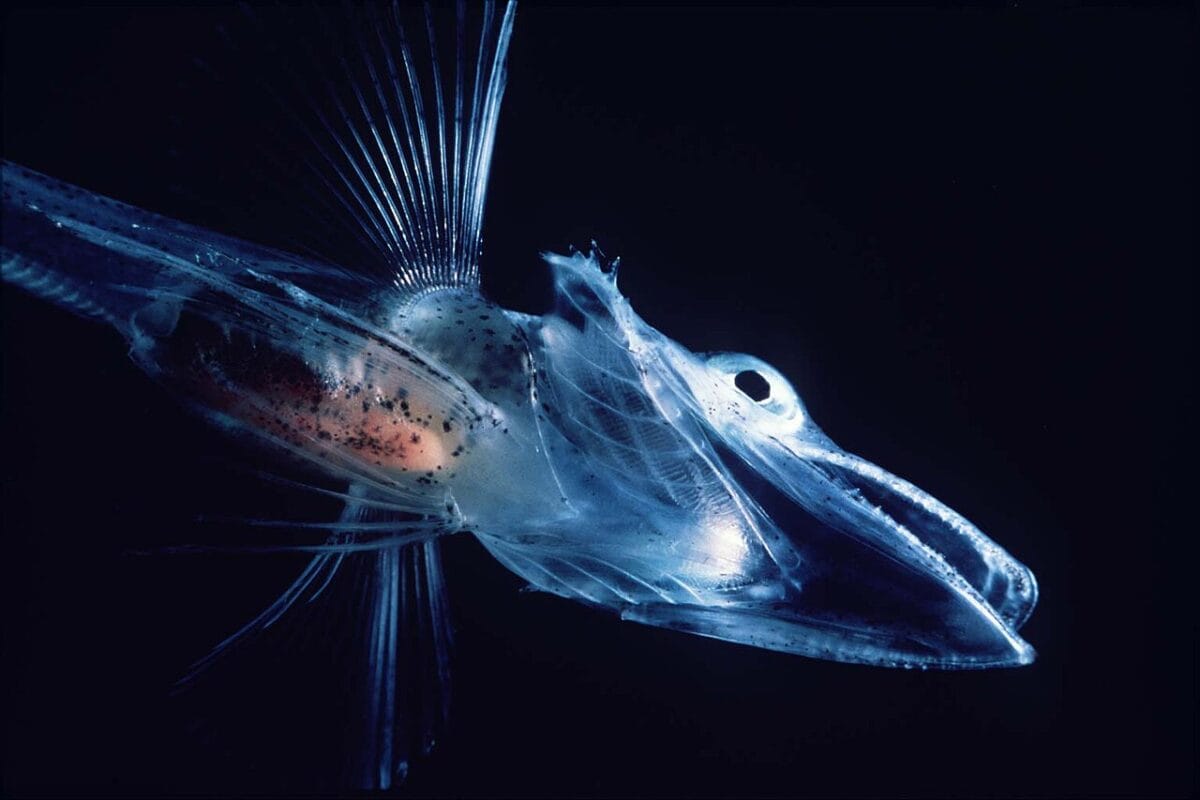
Life’s resilience continues to astonish us, especially when we uncover creatures that defy what we thought were fundamental biological rules. From microscopic Loricifera thriving in complete anoxia to turtles that hibernate underwater for months without a breath, these 18 animals showcase the extraordinary adaptability of life on Earth. Their unique metabolic strategies—whether producing alcohol, entering suspended animation, or modifying their very cells—challenge our assumptions about oxygen as a universal requirement.These organisms don’t just expand our understanding of biology; they also offer valuable insights for science and medicine. Studying how turtles protect their brains during oxygen deprivation, or how parasites thrive in anaerobic environments, could one day help develop treatments for strokes, heart attacks, and even organ preservation.Moreover, these adaptations fuel our imagination about life beyond Earth. If animals can evolve to survive without oxygen here, perhaps alien life might exist in similarly extreme conditions elsewhere in the universe.In the end, these oxygen-defying creatures are powerful reminders that life doesn’t just adapt—it thrives in the most unlikely of places.
- 12 Fascinating Shark Facts And 3 That Are Totally Wrong - August 21, 2025
- 11 Animals That Can Clone Themselves - August 21, 2025
- 15 Cat Breeds Vets Secretly Wish You’d Stop Buying - August 21, 2025

